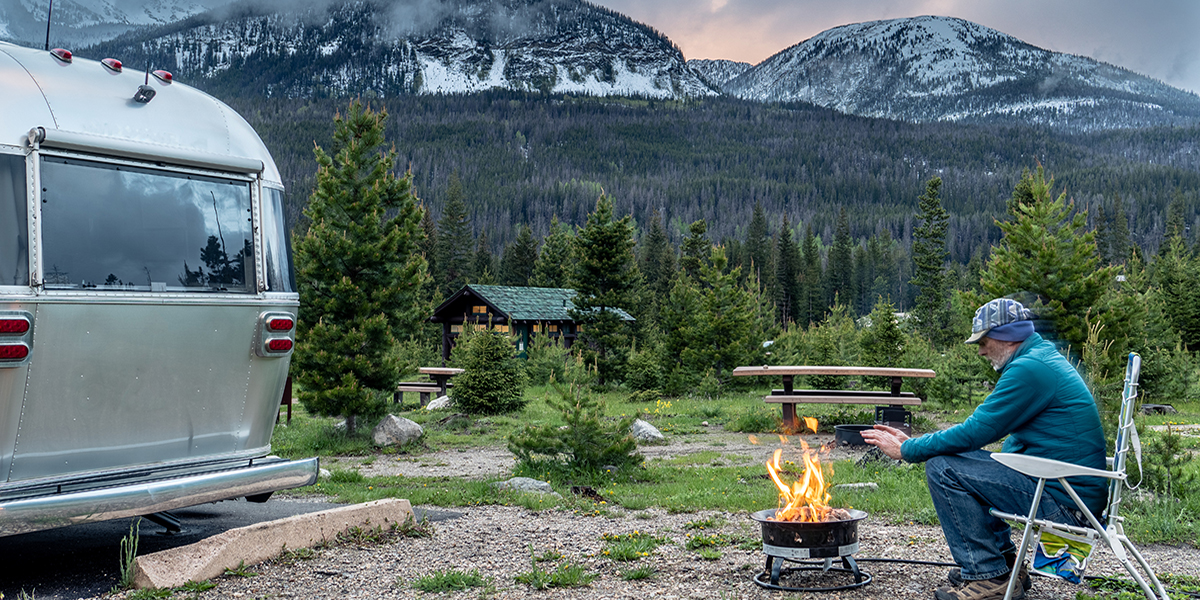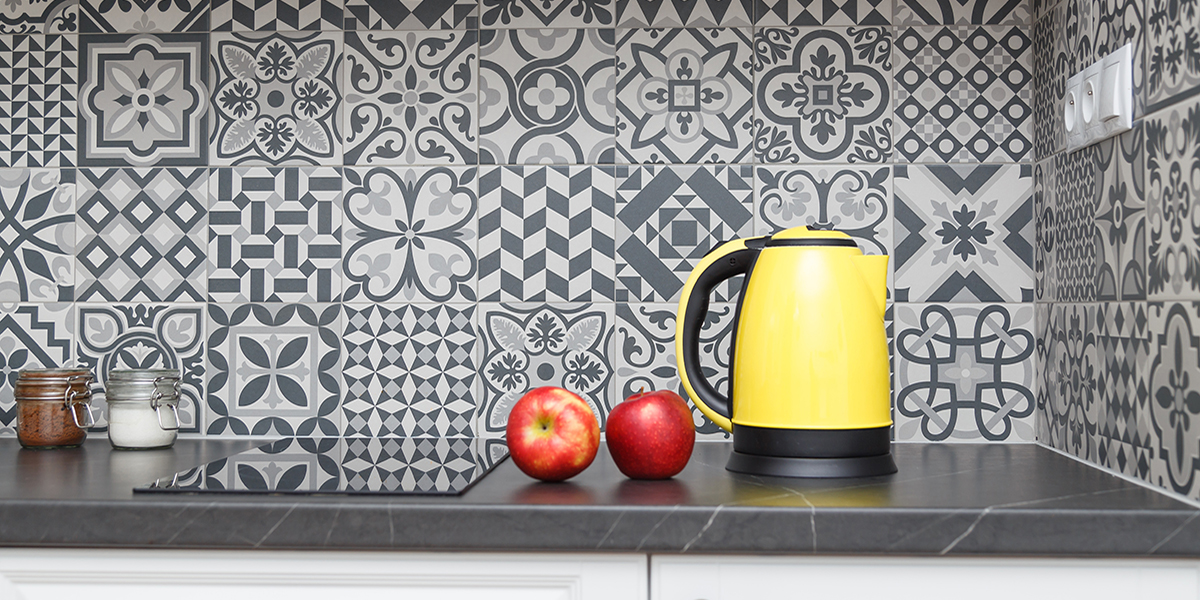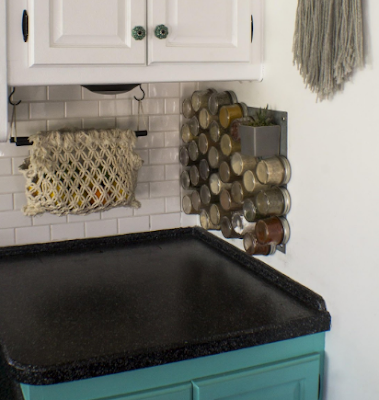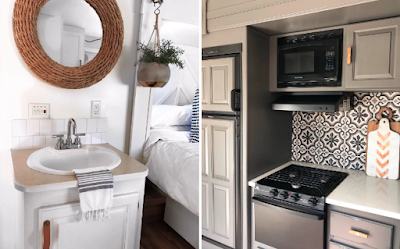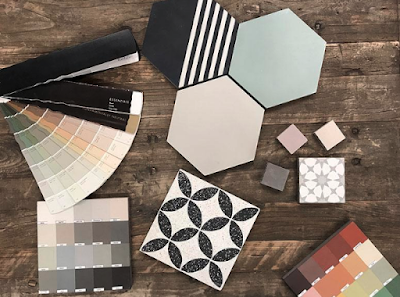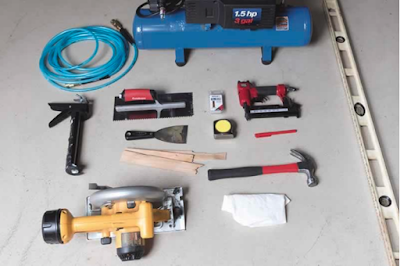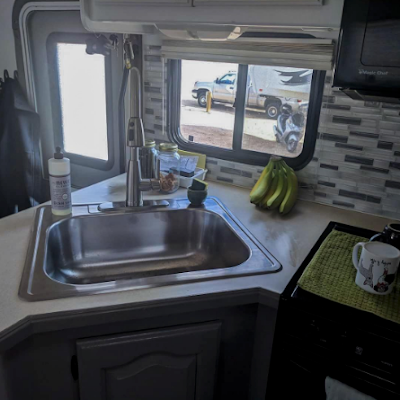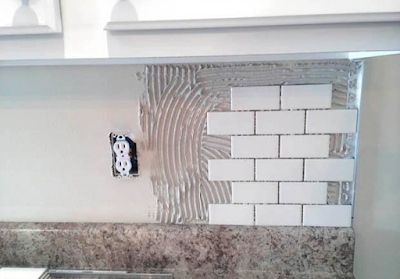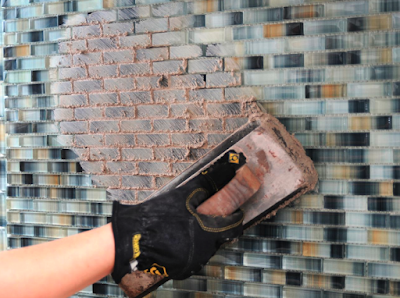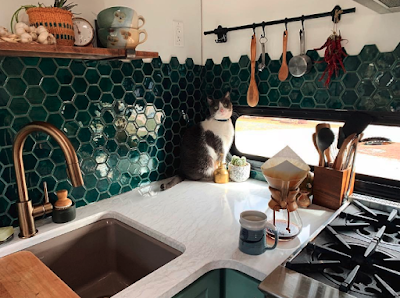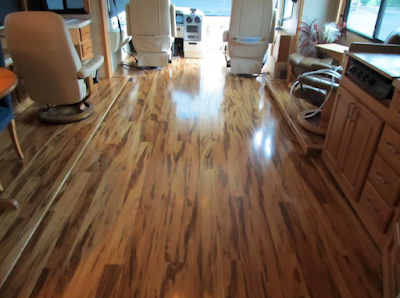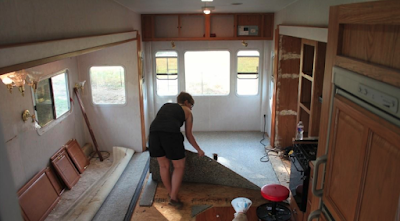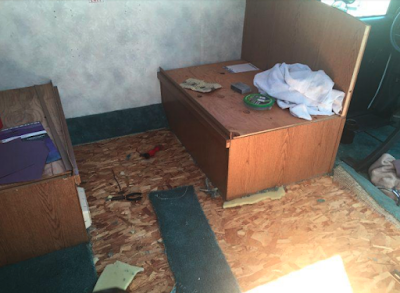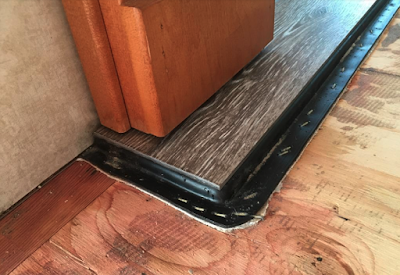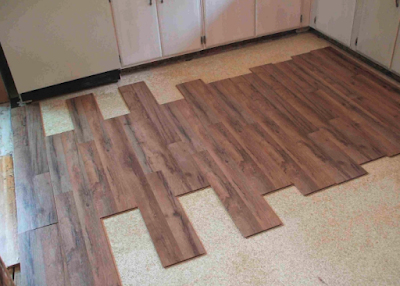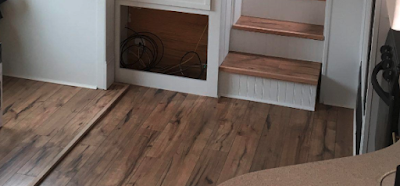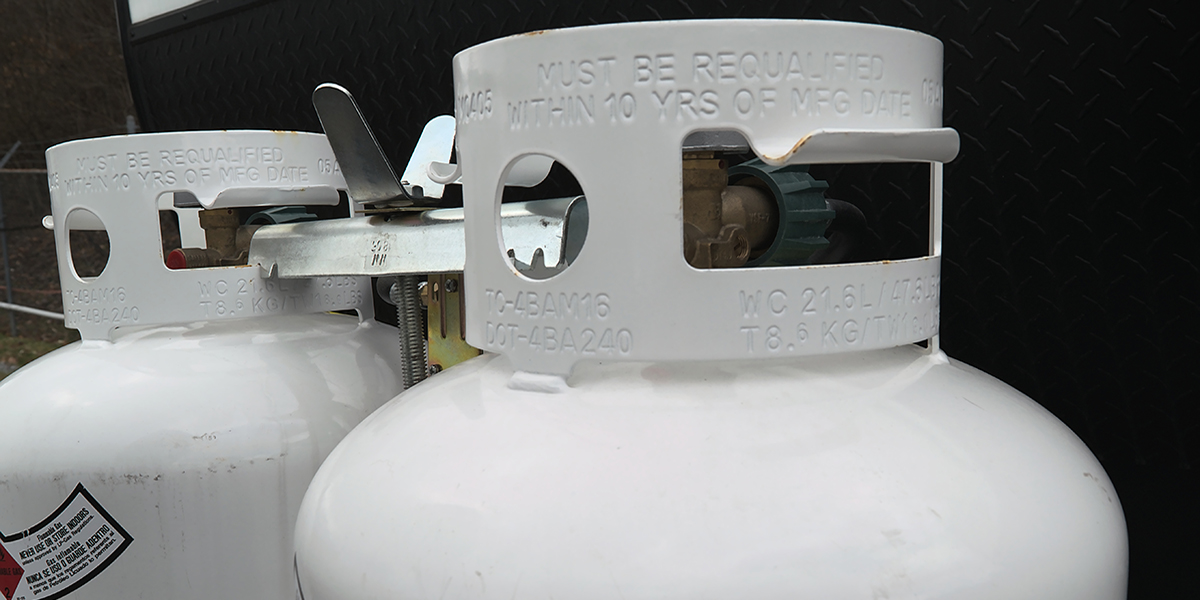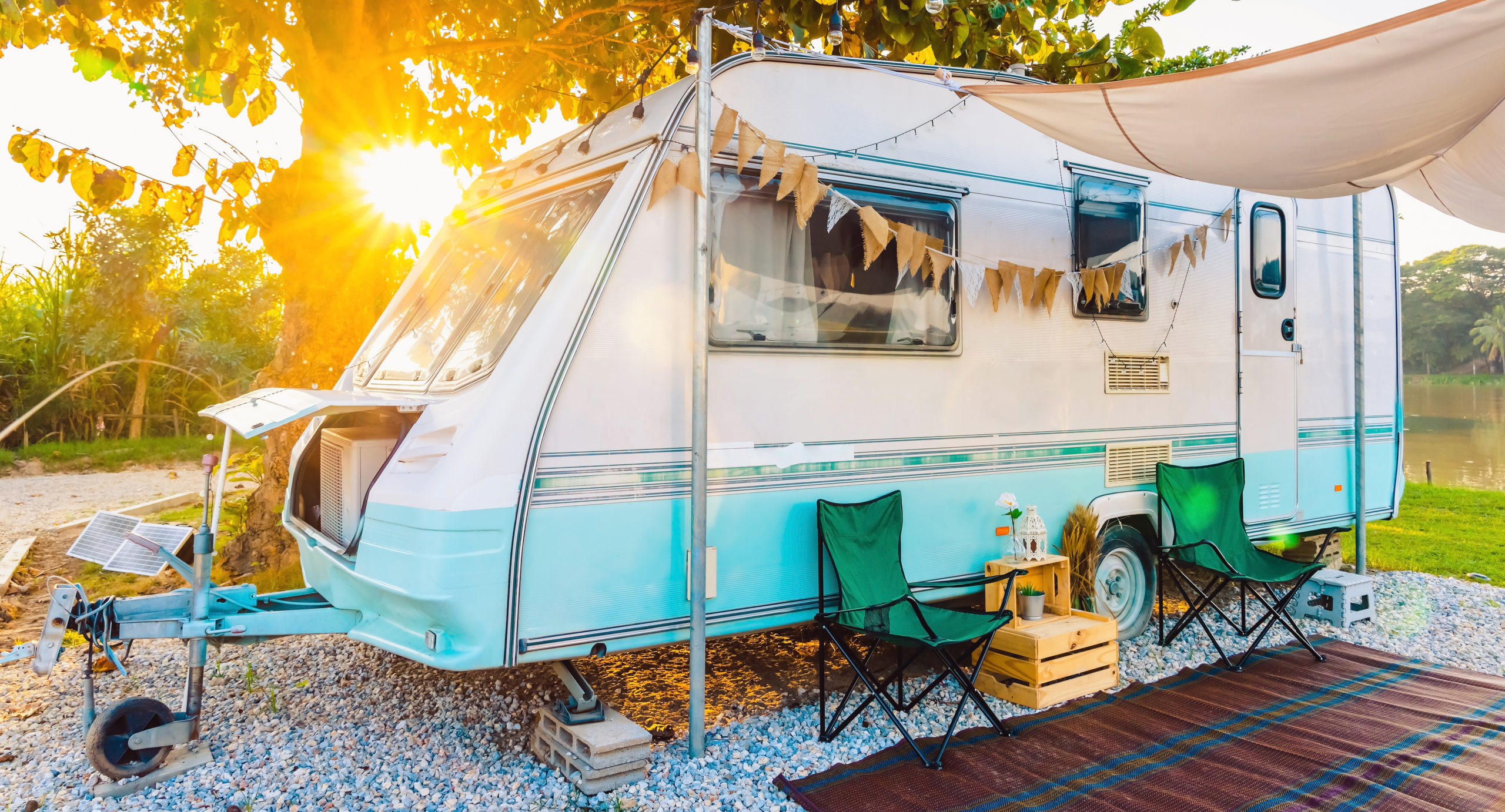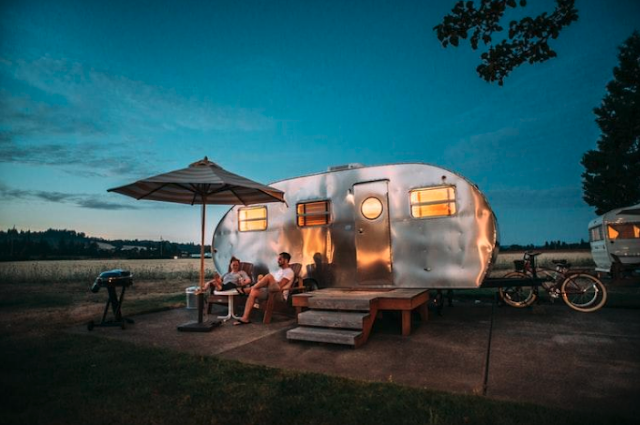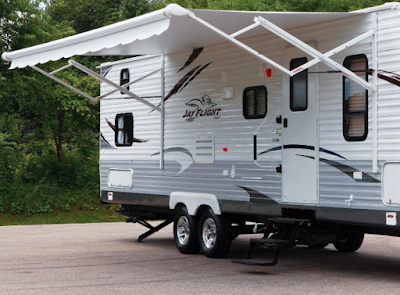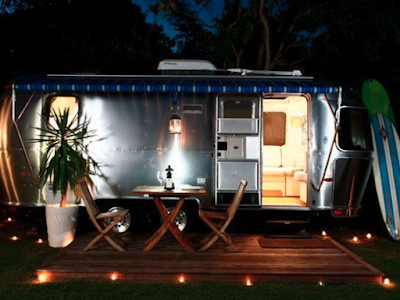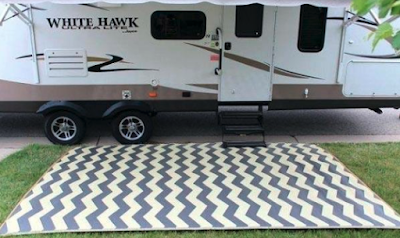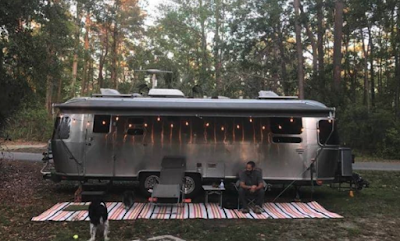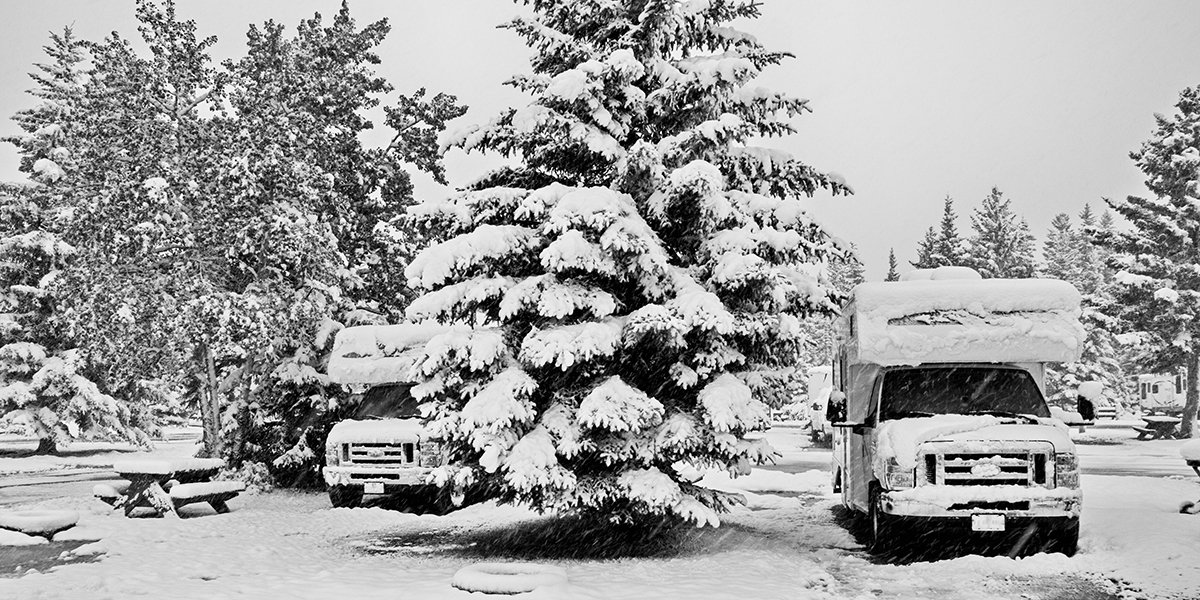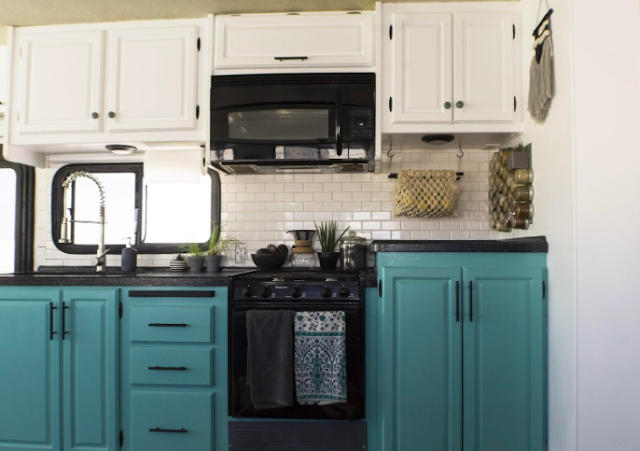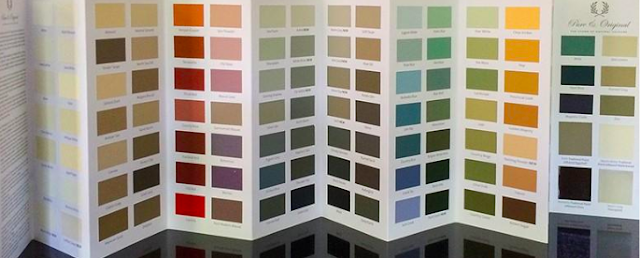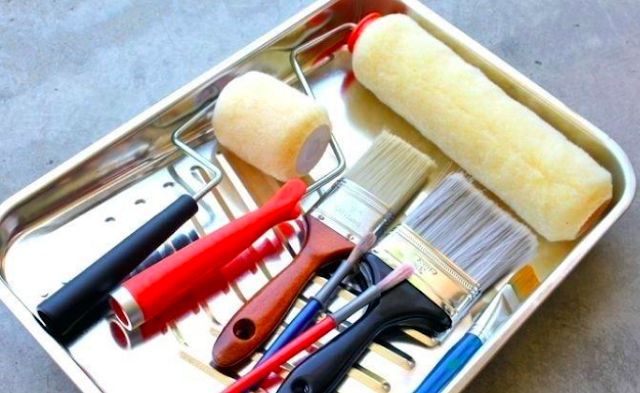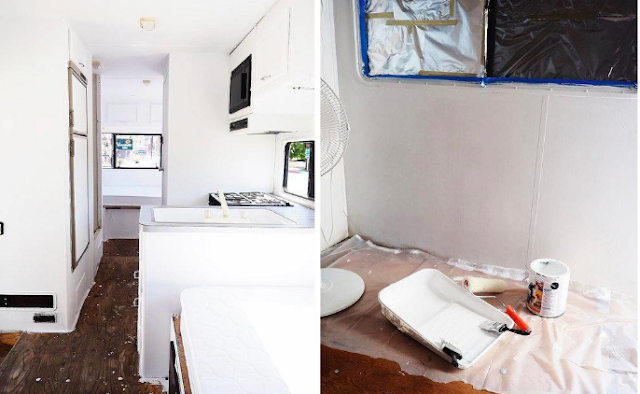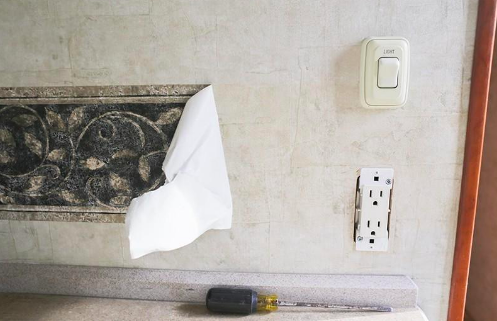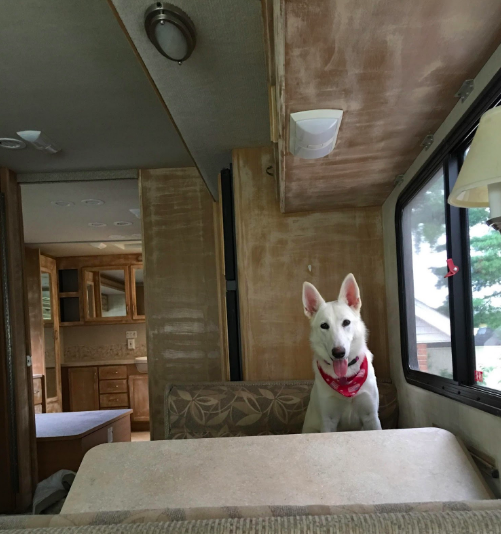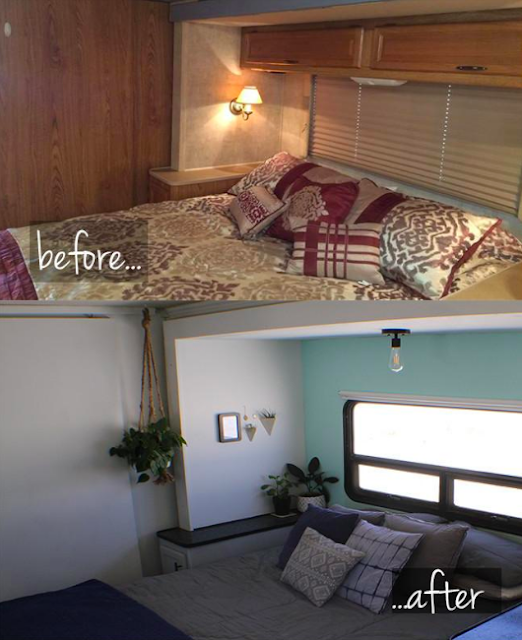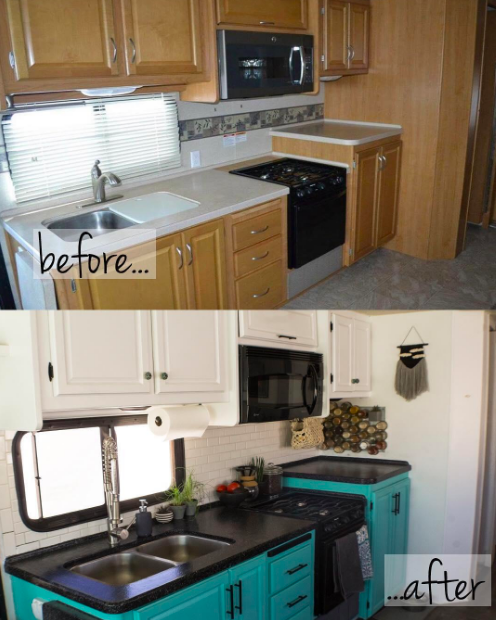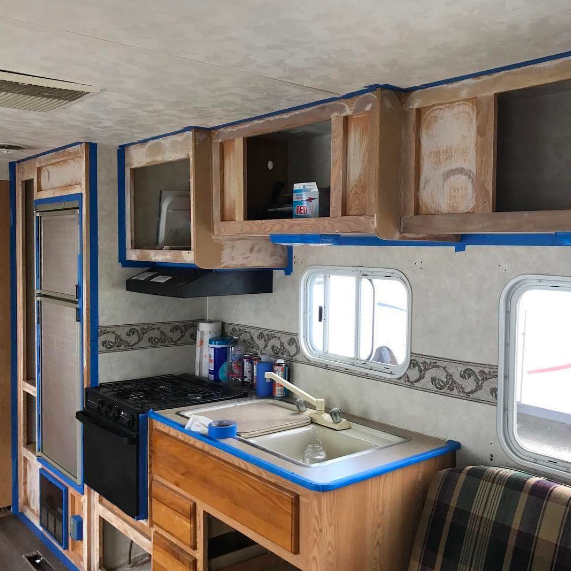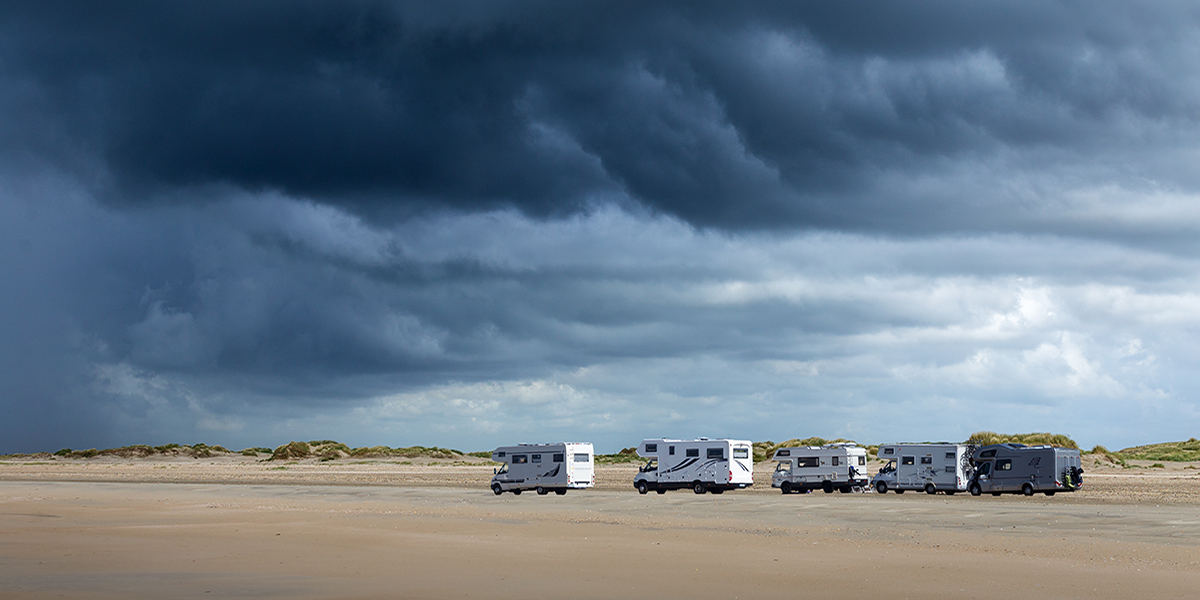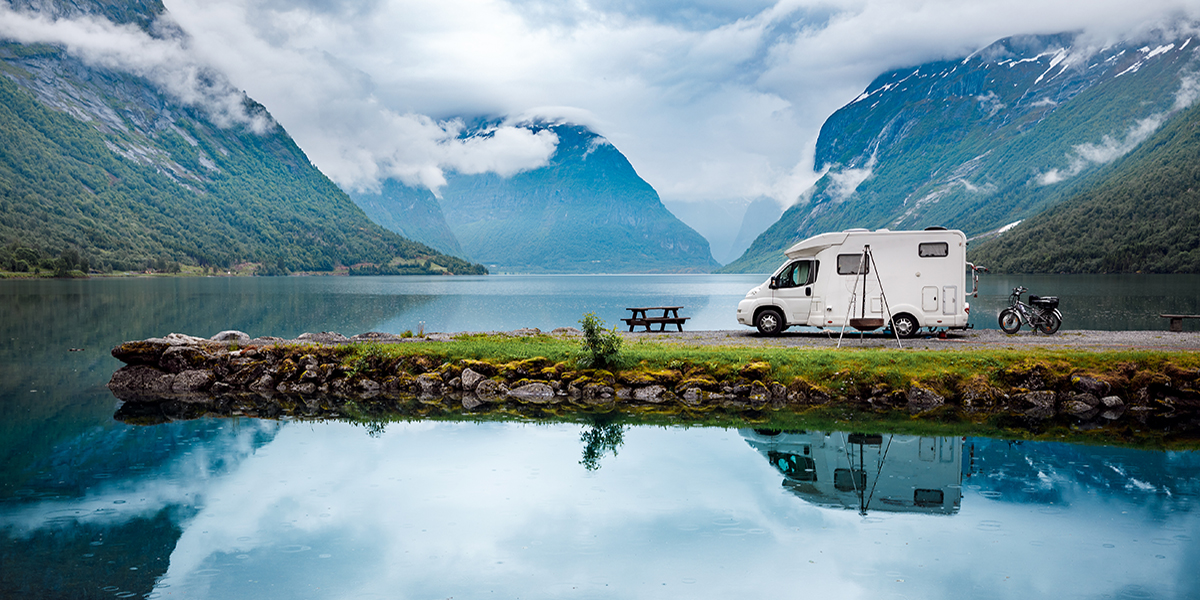You have options when it comes to where you can purchase an RV. The primary two choices are RVs bought directly through a private party, or from the lot of a dealership. Both buying options have pros and cons, and the correct venue for purchase will depend on your needs as a traveler. Subsequently, the options to protect your new rig will differ depending on who supplies your coverage.
In this post, we explore some key differences between buying an RV through a private party versus a dealership, plus some important factors to note on protecting your investment.
From an RV Dealer
There are lemon laws in place for many dealerships, and if you’re purchasing new, you’ll also receive a one-year manufacturer’s warranty for any shake-out issues. For used units, you typically have a 30-day grace period to get any repairs covered.
But what happens beyond those 30-days, or even the year?
When you purchase an RV directly through a dealer, you have two options to protect your investment. You can either buy extended warranty coverage through their existing programs, or you can go through an online broker.
No matter where you purchase your policy, there are some things you should look for to ensure reliable coverage. First, is there an option for personalized quotes? Not every traveler has the same needs, and you don’t want a one-size-fits-all policy. Make sure your purchase includes the components you want protected, and that you’re not paying for what you don’t.
Next, confirm the person selling the policy is a subject matter expert in the warranty itself, not just the physical RV. Beyond that, post-purchase support can be invaluable when it comes to smooth claims processing. You’ll want to make sure there is someone to go up to bat for you and communicate between all parties involved (including: the administrator, repair facility, and obligor).
You’ll also want to look at the network of repair facilities the coverage offers. Can you go to any repair shop in America and Canada, or are you limited to a few, or just the dealership? The policy won’t be of much help if you’re in a bind on the road and you can’t get the repairs covered at the local shop, or by a mobile mechanic.
Another thing to note, is that you’ll have the longest warranty term options with the cheapest price when you are purchasing a new unit. That’s because the brand-spanking-new RVs driving off the lot have the lowest probability for breakdowns in the eyes of warranty companies. If price is a factor for you, consider purchasing a policy before your manufacturer’s warranty runs out to ensure you’re getting the most bang for your buck.
Through a Private Party
Once you purchase a used RV, you’ll either find that the original owner has already fixed a majority of the initial issues, or you’ll have an as-is vehicle that needs a multitude of repairs on your own dime.
The older the motorhome or towable becomes, the more important it is to purchase supplementary protection products like an extended warranty or roadside assistance. These policies can benefit your purchase decision in more ways than one, and truly serve as a tool to assist in choosing a quality rig at a fraction of the cost.
Unfortunately, the older the rig is, the more susceptible it is to breakdowns. That’s because 3 out of 10 RVs will need a major repair within their first two years on the road. That jumps to 8 out of 10 RVs by the fifth year, and nearly every RV by the eighth year of use! Those odds aren’t great for your budget if you don’t have some sort of additional protection in place.
The quotes from extended warranties can help determine how often your specific unit will breakdown. Warranty companies are constantly evaluating the risk associated with specific units, and the price of coverage can give you further insight into how frequently you may expect your RV to fail during the lifetime of the policy.
It’s important to note that an online broker will be the only option for extended warranty coverage after a private party sale. Brokers are often able to offer a wider array of options and age eligibility, making them a perfect fit for many private party shoppers.
Plus – the RV extended service contract can continue to add monetary value even if you decide to sell your home-on-wheels down the road. It suggests that a rig has been well maintained and any issues or service needed was performed in a thorough manner. Similarly, if your private party purchase came with an extended warranty, it likely suggests the RV has been well cared for.
Things to Consider When Selling Your RV
Whether you purchase a warranty from a dealership or from an online broker, make sure it’s fully transferrable. If you sell your RV directly to another RVer, that process should be simple. A small fee, and a few quick signatures should be all that’s required to transfer the remaining policy term to the new owner. If you’re not absolutely certain you’ll hold on to your rig for the remainder of its lifetime, you should make sure to confirm the transfer process with your broker or dealership.
You have options when it comes to buying your RV, and protecting it long term. The tips above are an excellent way to begin your education on the differences between private party and dealership RV purchases, along with the different roads you can take to protect your investment after you’ve secured your home-on-wheels.
Article written by Wholesale Warranties, the leading provider of RV Extended Warranties direct to consumer. With a focus on education, customer service and reliable coverage, Wholesale Warranties has established themselves as the premier option for RVers looking to protect the road ahead. To work with a highly trained RV warranty specialist on an RV protection quote for your home-on-wheels, please call 800-939-2806 or visit wholesalewarranties.com.
